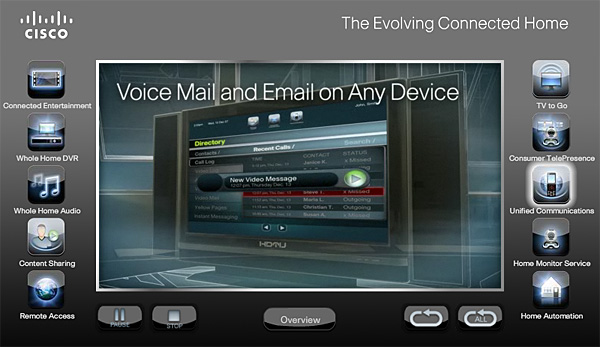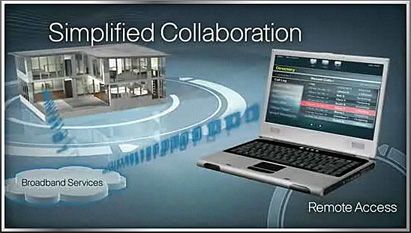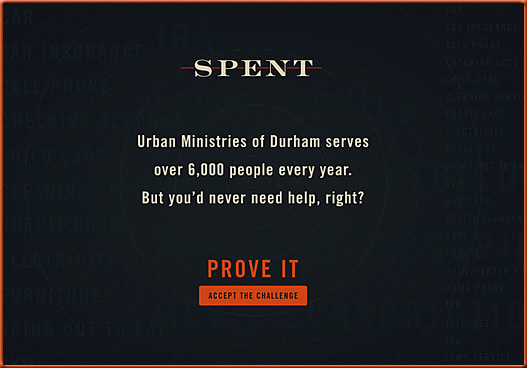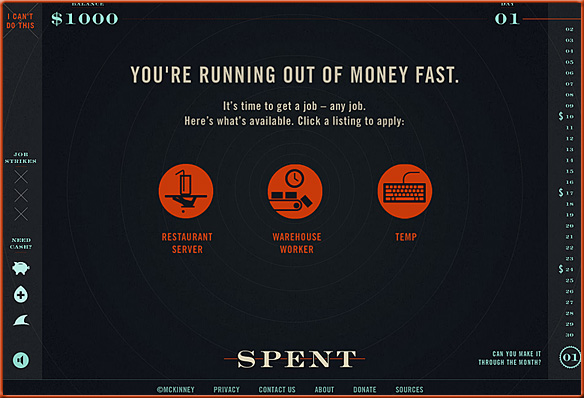5 reasons why your online presence will replace your resume in 10 years — from blogs.forbes.com by Dan schwabel
We’re seeing more and more recruiters use the web as a place to search for talent and conduct employment background searches. This trend is set to increase year over year and I’ve been predicting that an “online presence search” will become as common as a drug test since 2007. Your online presence should consist of your own website at yourfullname.com. This website is the core of your online presence and if you optimize it effectively, it will rank number one for your name in major search engines such as Google. Also, your online presence should contain social network profiles, with vanity URL’s, on Facebook, LinkedIn, and Twitter at a minimum. I would also get listed on sites, such as Spokeo.com, and obtain your Google profile.

















